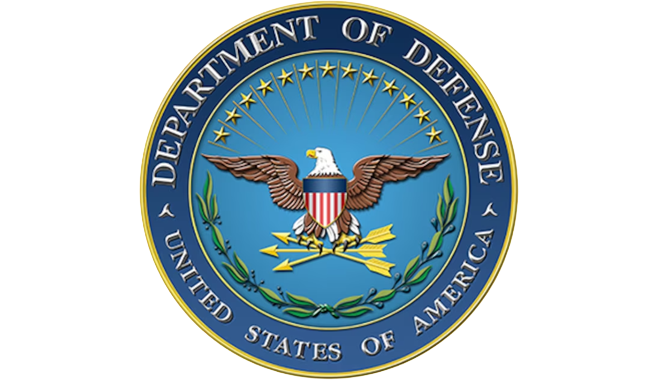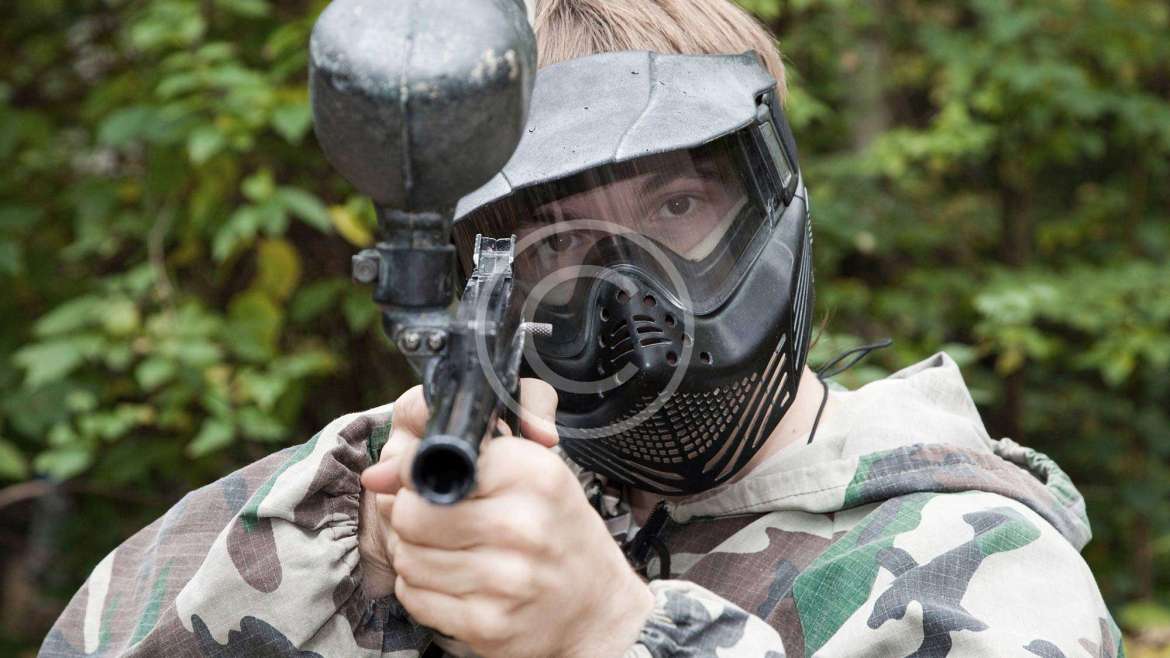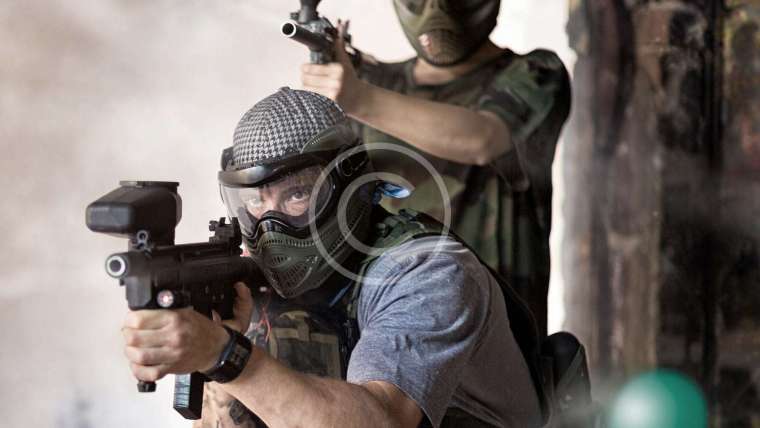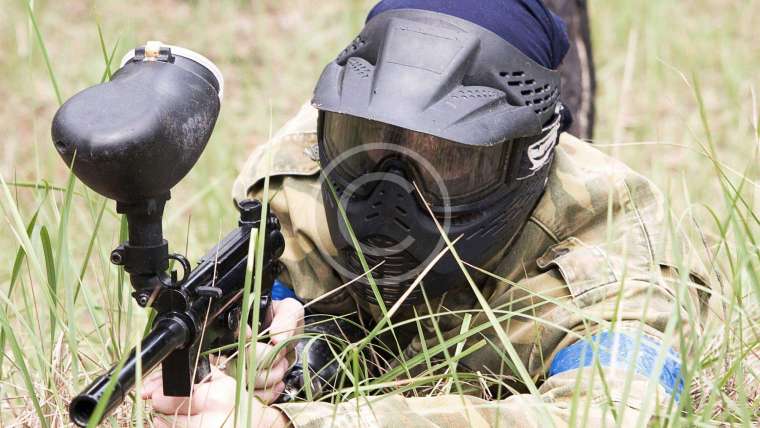In the aftermath of Iran-Grenada, several congressional leaders took the initiative to reorganize the Pentagon’s special operations forces, culminating in the creation of U.S. Special Operations Command in 1987.
In mid-October 1983, a “sordid little Leninist dictatorship” on the Caribbean Island of Grenada crumbled, resulting in the British Commonwealth country’s takeover by a more-leftist military junta. The situation immediately raised concerns in Washington regarding the potential for a large-scale hostage crisis in addition to the threat of regional instability within the Cold War’s context.
From 1979 to 1983, the revolutionary Grenadian government, led by Maurice Bishop, established close ties with Cuba and the Soviet Union. Probably its most important project was the construction of an international airport with a 9,000-foot runway. The government stated the airport was for tourism, but, inexplicably, the hotels to support the anticipated increase in visitors were lacking. Tellingly, the Point Salines airport on Grenada’s southern coast was to be capable of handling Soviet military aircraft. President Ronald Reagan called Grenada “a Soviet-Cuban colony being readied as a major military bastion to export terror and undermine democracy.”
On October 19, 1983, Bishop – considered not leftist enough by some of his fellow Marxists – was murdered. Within days, Reagan approved the chairman of the joint chiefs’ recommendation to develop plans for possible hostilities on the island, should the Grenadians and/or the Cubans – 450 of the latter were building the airport – oppose a U.S. evacuation of its citizens. Of greatest concern to the Reagan administration was the presence of several hundred medical students on the island. It feared “another Tehran” – referring to the hostage crisis in 1979-80 that contributed to President Jimmy Carter’s failed reelection bid.
On October 25, 1983, an eight thousand-member U.S.-led coalition force invaded Grenada. Its objective was to “conduct military operations to protect and evacuate US and designated foreign nationals from Grenada, neutralize Grenadian forces, stabilize the internal situation, and maintain the peace.” To no one’s surprise, the operation was one-sided and short – most hostilities ended within 72 hours – but it was somewhat akin to an NFL team defeating a scrub club, 7-3. Regardless of media coverage that gave the impression of a flawless battlefield victory, “it was an ugly win, with many problems” surrounding the employment of special operations forces.
Instances of poor operational planning and deficiencies in areas such as the knowledge of conditions on the ground at Grenada, interservice cooperation, and communications abounded. Although Washington had closely followed developments in Grenada since 1979, military planners lacked current maps of the island. In numerous cases during the operation, various military elements did not share common radio frequencies or system compatibility, contributing to the widely publicized anecdote of one military member on the ground at Grenada resorting to a payphone to call back to the United States for artillery support. While the story became an urban legend (at least one similar incident featuring a regular phone did occur, however), the actual deficiencies in communications provided the ideal platform for the “payphone” anecdote to spread far and wide – including senior U.S. officials and Hollywood.
The unfinished but usable airfield at Port Salines was a major objective. Early on October 25th, as the lead C-130 aircraft carrying the airfield seizure package approached, it lost navigational and infrared systems. Coupled with unexpected rain showers and low ceilings, the aircraft commander passed the formation’s lead to another Hercules. Following the reshuffling of aircraft, and learning the Grenadians were awaiting the assault, the Army Ranger 1st Battalion commander, Wes Taylor, directed his men to jump from only 500 feet above the ground. Lieutenant Colonel Taylor’s impromptu decision probably saved numerous lives, as the Grenadians could not achieve a trajectory low enough for their antiaircraft guns to target the aircraft. In any case, the Americans’ reception was not the “pina coladas” that one senior Air Force briefer had led the aircrews to expect.
Air Force combat controllers were among the several types of special operations forces in Grenada, some of whom jumped in with the Rangers. While the Rangers established a perimeter around the Salines airfield, the combat controllers ensured the safe, timely, and coordinated flow and movement of aircraft during landings, takeoffs, and ground operations, and following the set-up of radios, navigational aids, and lighting, they handled those duties plus airspace coordination.
Gaining actual control of the field was extremely difficult, however. One combat control officer recalled, “Our real issue . . . was that the Army and the Navy and Marine Corps were all attempting to use the airfield as well [as the Air Force], and no one had deconflicted the control. . .. Everybody had their own plan. . .. [and] was trying to execute it on the same piece of real estate.” Each Service thought it was the primary airfield user and in charge. In one case, an Air Force combat control officer and an Army superior officer nearly came to blows when an Army artillery battery which had set up on one side of the airfield began firing across the runway! In the chaotic environment at Port Salines, near-misses occurred





3 Comments
Mike Newton
I found some very good ideas in your post which can help me! Thanks!
Philip James
What a nice article. It keeps me reading more and more!
John Snow
Love this wonderful idea!! Thanks for sharing!